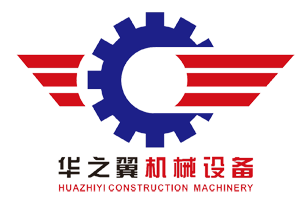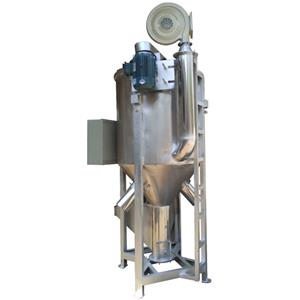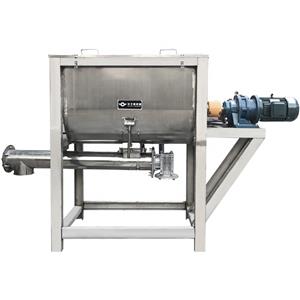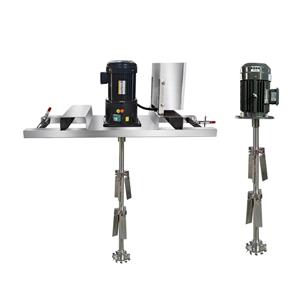Introduction to the structure of horizontal mixer
Horizontal mixers are generally used for the mixing of viscous or cohesive powders and granules, as well as the mixing of liquid and pasty materials added to the powders and granules. At the same time, due to the difficult cleaning of viscous materials, the mixer is suitable for large output and infrequent changes. The occasion is mixed. The mixer has a large loading factor, a small area of equipment, and it is difficult to clean when mixing viscous or cohesive materials.
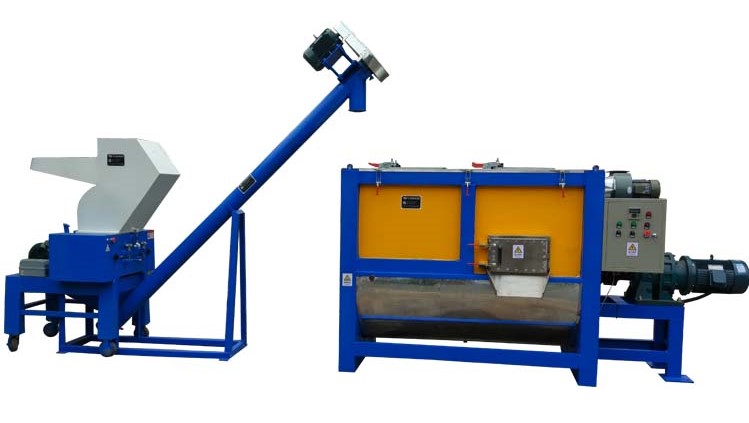
Horizontal mixer structure:
1. The mixer is composed of a barrel body, a barrel cover, a stirring blade, a main shaft core discharge outlet, or a heating device, etc.
2. The barrel body is generally made of stainless steel rolls, the inner surface is hard and smooth, and it has the advantages of wear resistance, corrosion resistance, and convenient cleaning. The stirring blade is made of 10MM stainless steel, and the reinforcement device is firm and does not deform; the spindle core is the spiral rod , It is generally made of stainless steel seamless pipes, equipped with imported bearings, and will not be deformed for 5 years under normal conditions.
3. The bearing seat on both sides is made of 20MM steel plate, and the user should perform daily maintenance according to the maintenance content. The discharge port is made of stainless steel. The 3MM stainless steel plate has high brightness and high smoothness, ensuring that the output is made of stainless steel, and the 3MM stainless steel plate has high Brightness, high smoothness, to ensure a smooth discharge port, the knife is made of 3MM stainless steel.
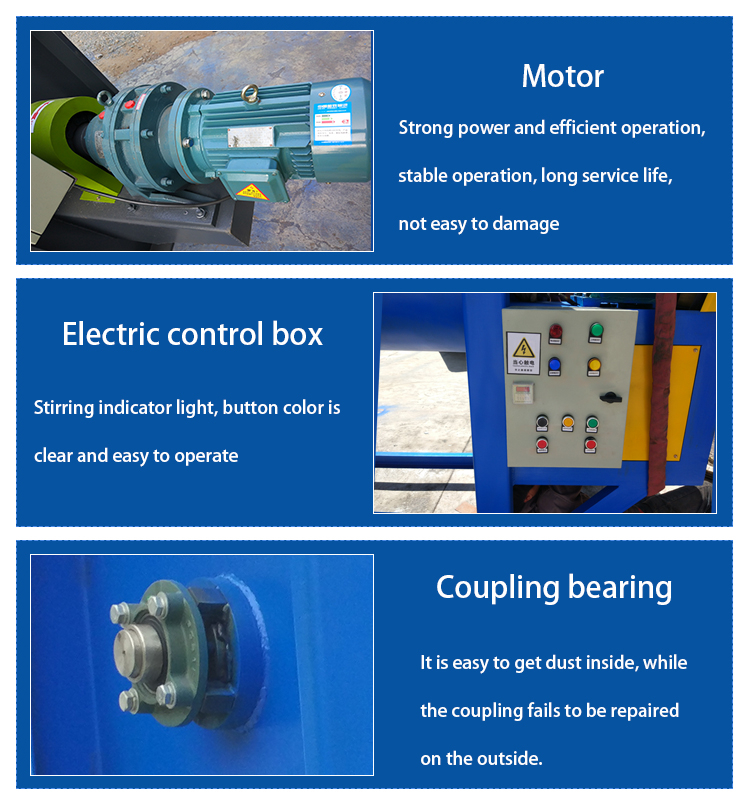
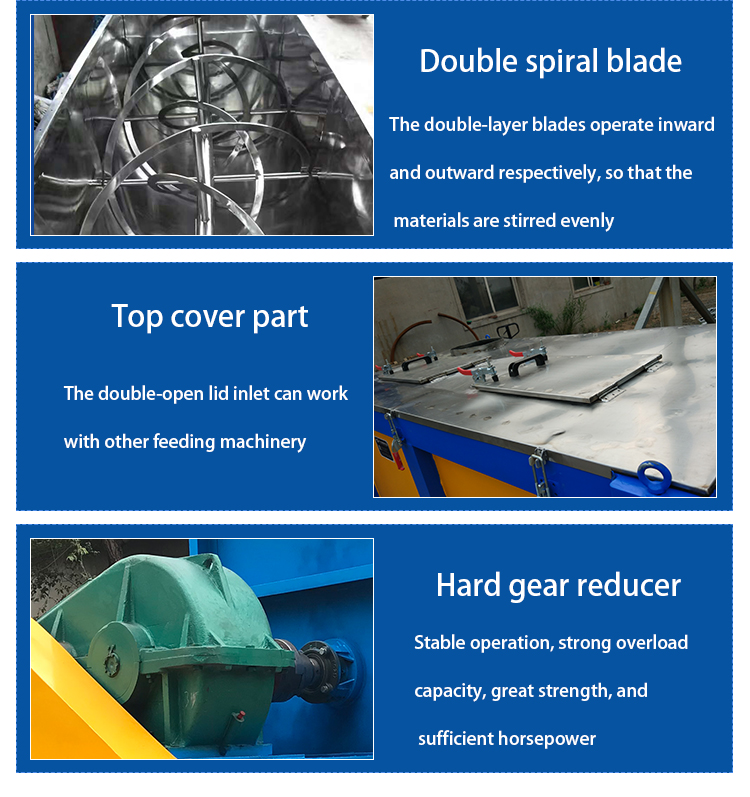
Maintenance of horizontal mixer:
1. The shaft bears the full load of the negative machine, so good lubrication has a great relationship with the life of the bearing. It directly affects the service life and operation rate of the machine. Therefore, the injected lubricating oil must be clean and the seal must be good. Main oil filling point: (1) Rotating bearing (2) Roll bearing (3) All gears (4) Movable bearing, sliding plane
2. The newly installed wheel tyres are prone to loosening and must be checked frequently.
3. Whether each part of the mixer works normally.
4. Pay attention to check the degree of wear of easily worn parts, and pay attention to replacing worn parts at any time.
5. On the plane of the bottom frame of the movable device, dust and other objects should be removed to prevent the movable bearing from moving on the bottom frame when the machine encounters unbreakable materials, which may cause serious accidents.
6. If the bearing oil temperature rises, stop the machine immediately and check the cause to eliminate it.
7. If there is an impact sound when the rotating gear is running, stop and check it immediately and eliminate it.
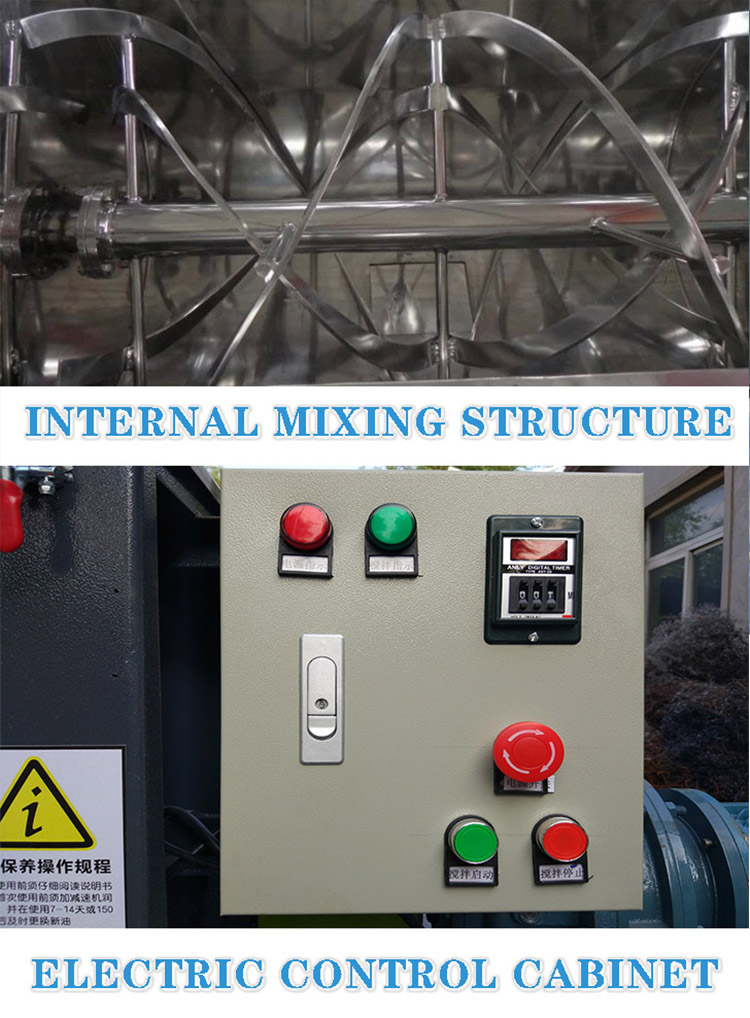
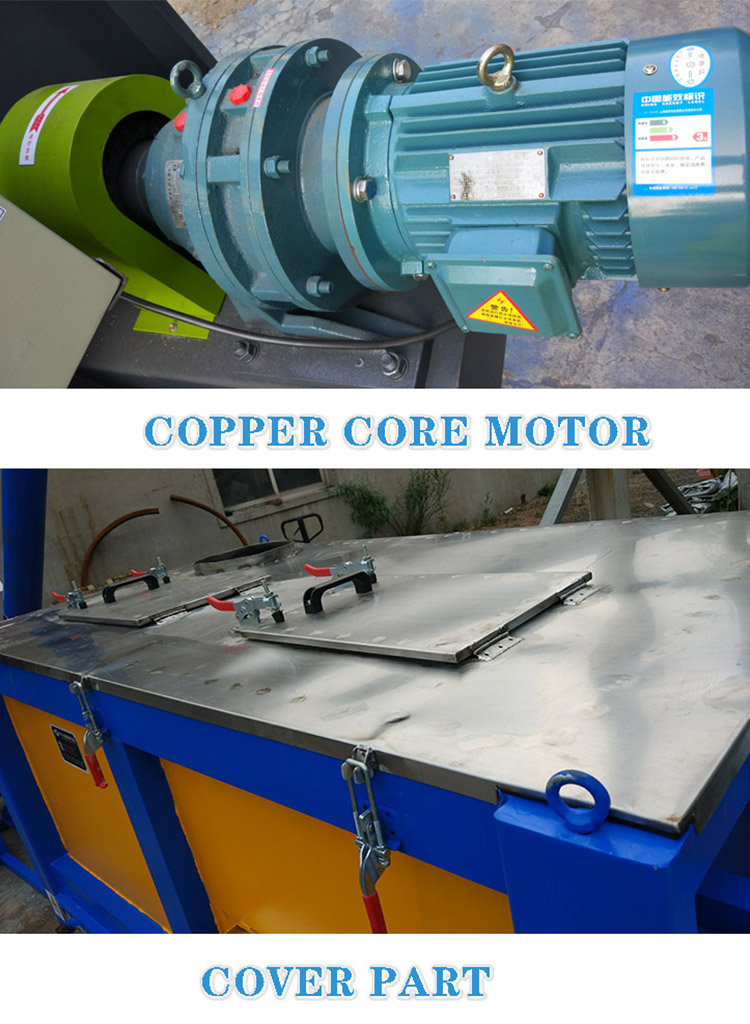
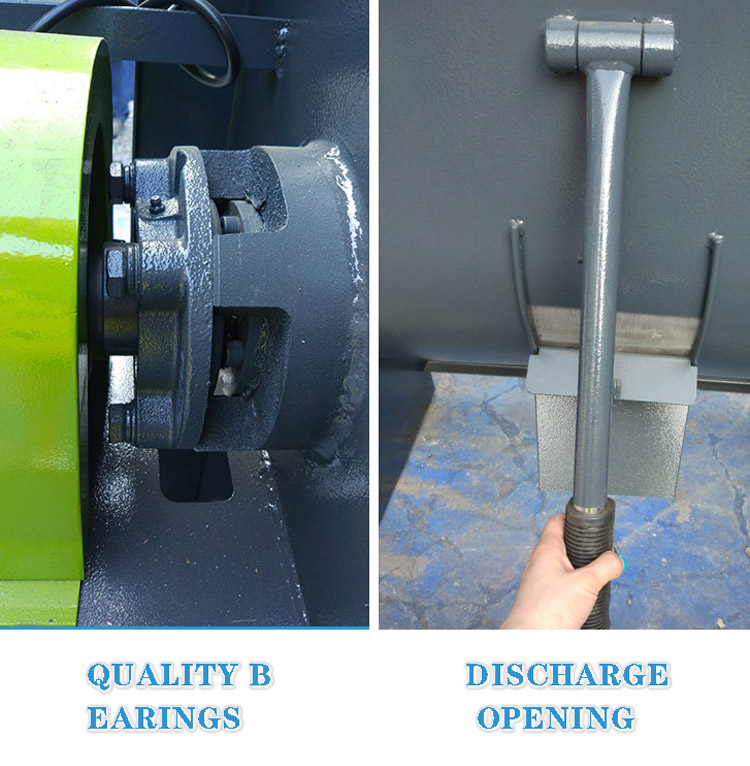
The advantages and disadvantages of vertical mixers.
Advantages: The advantages of the vertical mixer are that it consumes less power, takes up a small area, and is low in price, cost-effective, and very suitable for small-scale feed processing.
Defects: The biggest defect of this vertical feed mixing equipment is the low mixing degree, which can only reach about 87%, and the mixing cycle is long and the efficiency is low. Another drawback of this vertical mixing equipment is that the unloading is incomplete, and there is often residual material at the bottom of the barrel, which will form waste. The advantages and disadvantages of horizontal mixers.
Advantages: The probability of using horizontal feed mixers in feed processing is very high, because this feed machinery has many advantages such as high mixing average, short mixing time, high efficiency, fast unloading, clean unloading, and small residues. Common horizontal feed mixers include stainless steel double-shaft paddle mixers, series horizontal ribbon mixers and so on.
Defects: Compared with vertical feed mixers, horizontal feed mixing equipment is large in size, occupies a lot of space, and expensive. It is also more laborious to operate and requires regular inspection and maintenance. Horizontal mixers are more average for mixing, and more expensive than vertical mixers. Horizontal mixers are used more in the chemical industry. For powder, use horizontal mixers. For plastics, vertical mixers are all made of stainless steel.
